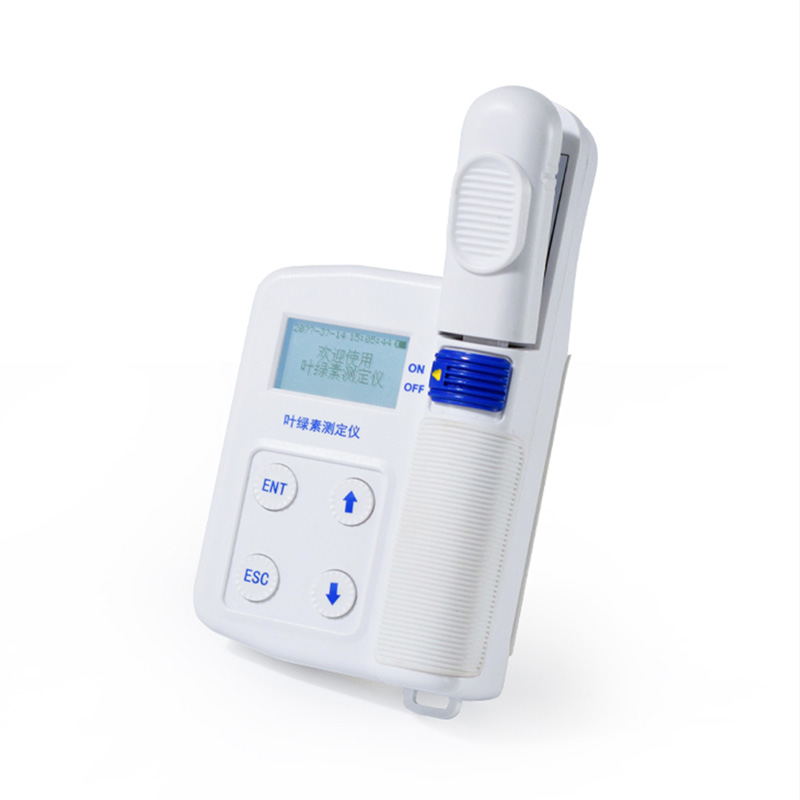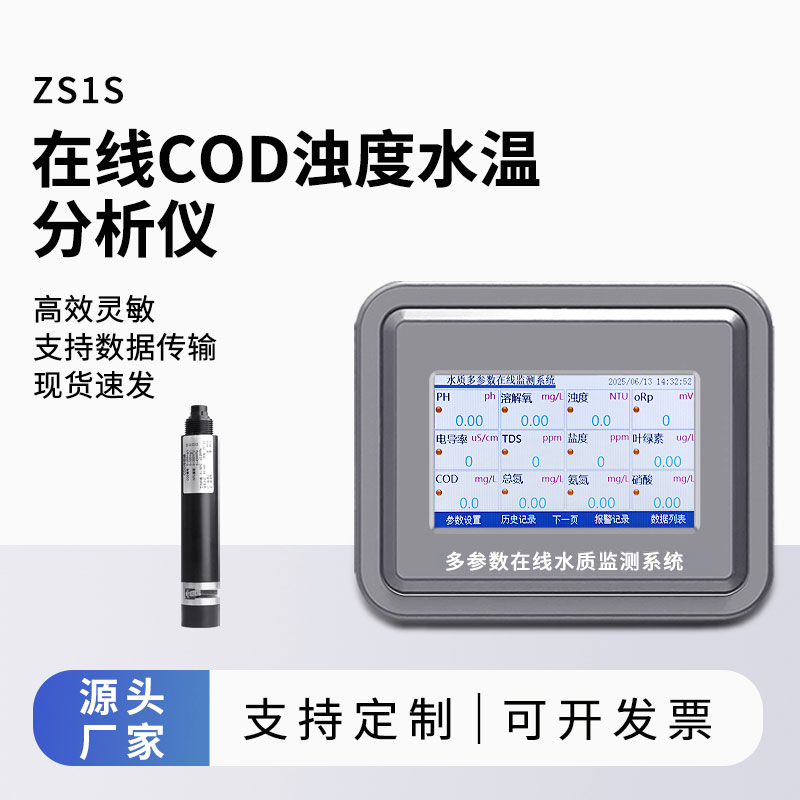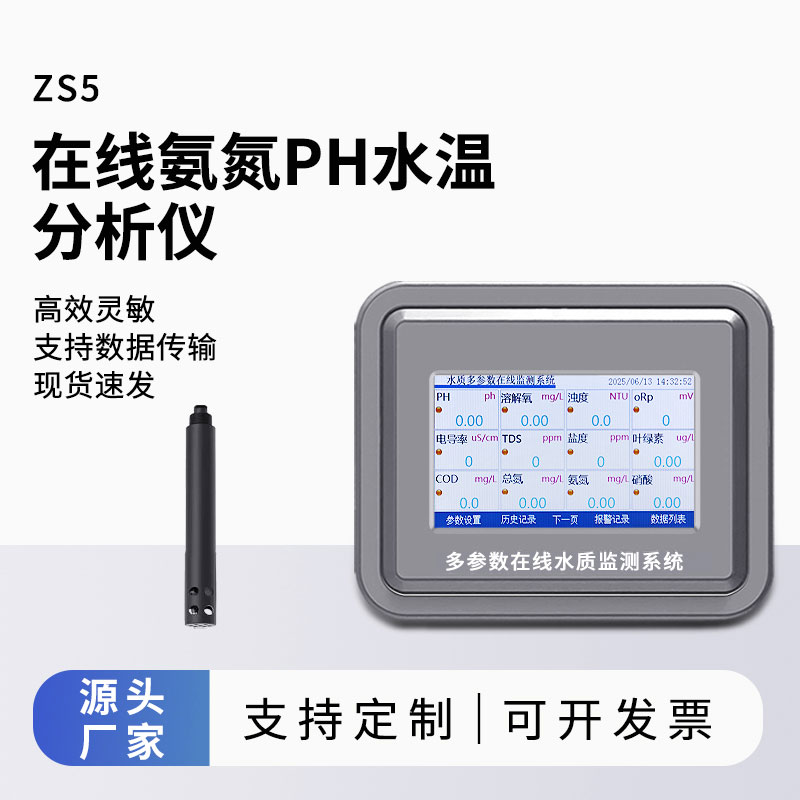Whether they are graduate students, experienced researchers or growers, in many situations such as conducting environmental measurements and paying attention to irrigation management, they will all realize the necessity of measuring soil moisture. Soil moisture content is equally important because the availability of water affects ecosystem productivity. Soil moisture (that is, soil water content/soil water potential), as the direct water source for most plants, its condition (namely soil moisture status) is related to many aspects of plant growth and yield, such as whether it can ensure primary productivity to maximize yield and whether it is conducive to optimizing water use for crops.
Soil moisture status is not just limited to knowing the amount of water contained in the soil. Before considering operations such as measurement, some basic principles need to be clarified first. Its specific meaning should be determined according to different concerns. For example, if one is interested in the water stored in the soil, the soil moisture status mainly reflects the relevant situation of the stored water in the soil; if one is more concerned about the water that can be used for primary productivity to maximize yield, then the soil moisture status revolves around the condition of this part of water; if one is studying the movement of water and solutes in the soil or aiming to optimize water use for crops and simulate soil hydrology, in these different contexts, the soil moisture status has different meanings and will focus on the corresponding aspects of soil water performance.
The soil moisture monitoring system consists of several key components. The soil sensor can accurately measure parameters such as soil moisture, temperature, electrical conductivity and pH value, providing basic data for understanding soil conditions. The data collector is responsible for receiving the signals transmitted by the sensor and converting them into digital form for subsequent processing. The communication module uses wireless technologies such as LoRa and 4G to quickly transmit data to the central monitoring platform, ensuring the timeliness of information. Meanwhile, there is also a solar power supply system that can ensure the continuous and stable operation of the entire monitoring system outdoors.
Its working process is rigorous and orderly. The sensor collects data at the set time. After the collector completes the processing, the data is transmitted to the platform via the communication module. The platform receives and conducts in-depth analysis, and finally presents the results in intuitive charts. The system has outstanding advantages. It can monitor soil conditions in real time and comprehensively, effectively promoting precise irrigation and fertilization, realizing intelligent decision-making and greatly improving agricultural production efficiency. Moreover, it also plays a key role in the forestry and environmental protection fields, providing solid support for ecological protection, disaster prevention and pollution assessment.

This paper addresses:https://fengtusz.com/industry/616.html









